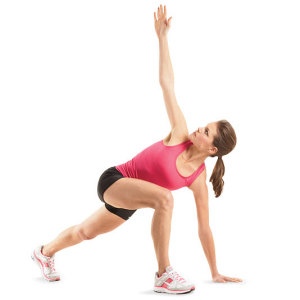I had a great chat yesterday with the head coach of the York Track & Field team. We were discussing the importance of a good cool down. A lot of athletes take time to warm their bodies up – jogging, lunges, dynamic drills (lunges, As and Bs, etc), strides, even “keep up” with hockey players. Then there are on field or on ice warm ups that are meant to practice a few skills before competition.
Athletes try to time their food intake and water intake just right so to enhance their performance. For example, there is the sipping technique used by runners, where they drink only little sips of water in the last hour or so before the race. And hockey players get their Gatorade and granola bars between on-ice warm up and the first period. Rugby players down almost half a litre of water right before the game starts!
But as soon as the competition is over very few athletes go through a thorough cool down. Even after practices, everyone is rushing off to get to something else. The only problem is these athletes are missing the most important part!
Recovery is important as it prepares the athlete for the next practice or competition. Drinking enough fluids to replace what’s lost in the workout or competition, eating a mostly protein mix within 45 minutes of finishing, and repeating a good portion of the warm up. So jogging, lunges, dynamic drills, and now some static stretching. The body will be loosened up, toxins will be flushed out, and muscles relaxed. Joints will become more mobile, the circulation system will return to resting levels faster, and injuries will be avoided.
The better the recovery, the harder you can train or compete the next day.


